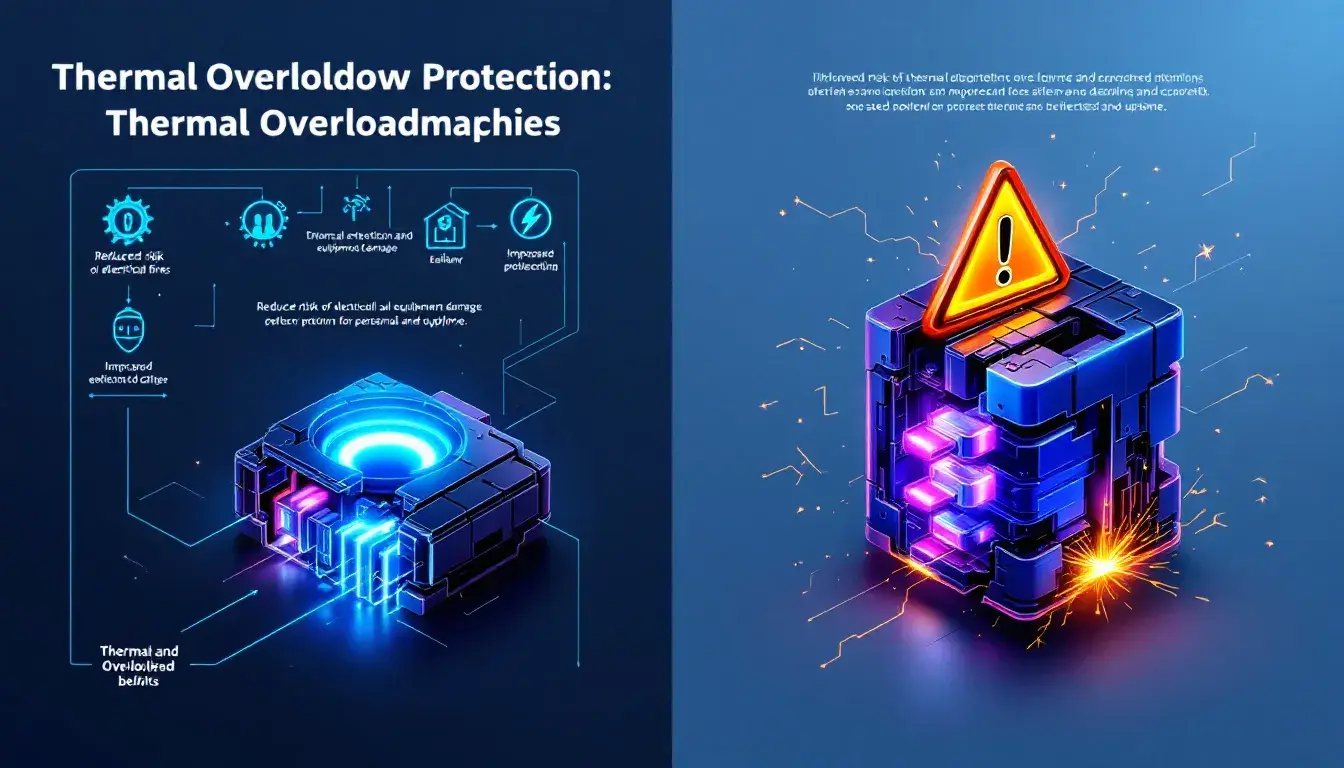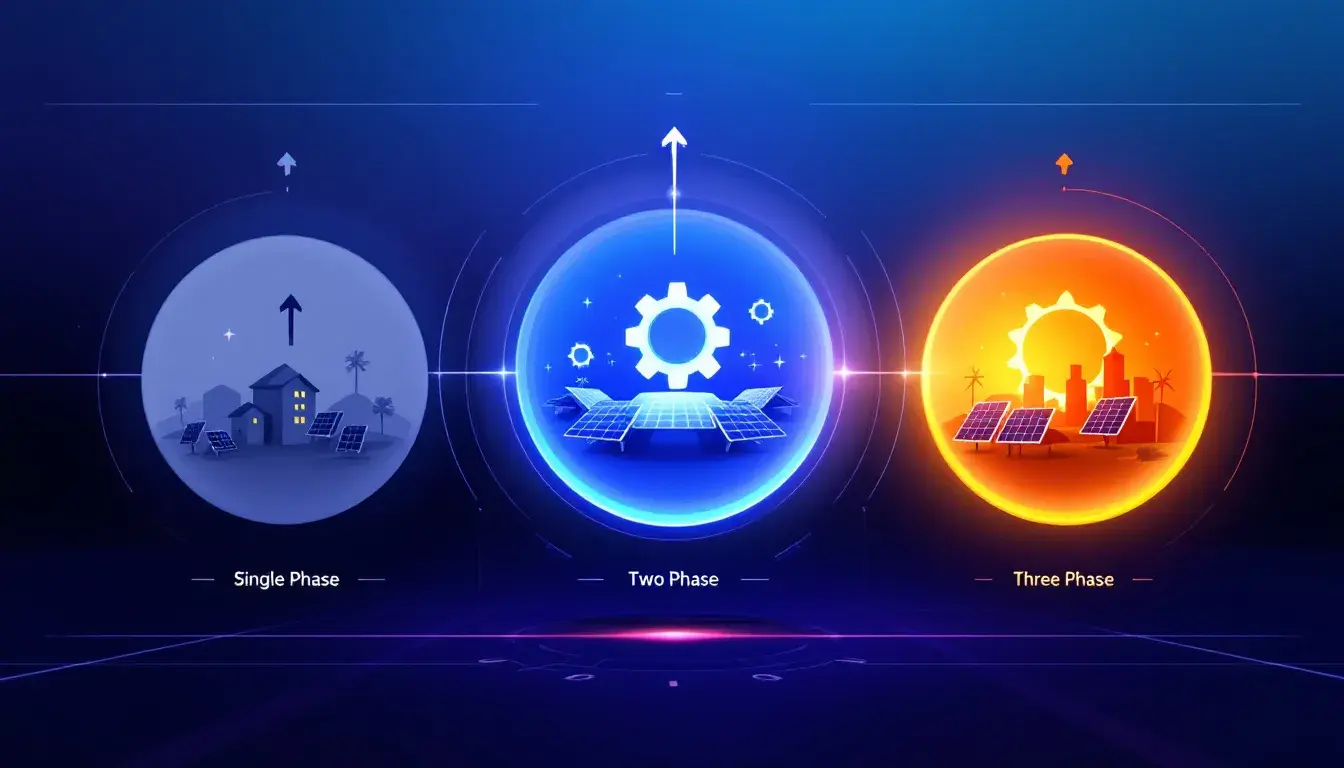In An Electrical Circuit, What Is A Circuit Breaker Used To Protect?
Table of Contents
ToggleA circuit breaker is the most important component of an electrical circuit. It is a device that is designed to monitor and cut off power flow to a circuit when it becomes overloaded.
If you’ve ever accidentally turned on an outlet or flipped a switch, you know how dangerous it can be. Fortunately, circuit breakers are designed to stop the electrical flow in a circuit before it reaches a dangerous level.
Every circuit has a breaker for safety measures. The main purpose of a breaker is to prevent any accident from using fault and overload.
If you want to know more about a circuit and circuit breaker, follow this guide. In this article, what is a circuit breaker used to protect an electrical circuit?
What Is An Electrical Circuit?
When electricity passes through a circuit, it creates a closed path that produces an electric current. A circuit is what makes modern marvels possible, such as electric lights, computers, and motors.
These systems combine a source of electrical energy with a device or closed loop of conducting material to create a functional system. Here’s an example: your computer starts working when you connect it to an electric circuit.
A circuit contains many components. It comes with a switch, outlet as well as breaker. Switches used in home electric systems control the flow of electricity in a circuit. Along with that, there is a breaker in the circuit that breaks the supply of electricity when there is a power surge.
What Is Circuit Protection?
The main purpose of circuit protection is to prevent excessive current flow in an electrical circuit. The excessive flow of electrons can damage the wire insulation and the surrounding materials.
Each wire has an amperage rating and a voltage drop. These parameters help determine the appropriate size of a wire and the correct method of installation. If you are planning to use a circuit breaker, it is important to understand the voltage drop and amperage ratings of different types of electrical circuits.
Fortunately, there are several different types of circuit protection. The most common are fuses and circuit breakers. Fuse and electro-mechanical circuit breakers have different functions and respond to fault current in different ways.
Both of these devices are intended to isolate the fault current and minimize power loss. These devices are a critical part of any building and are necessary for the safety of your building. The basic goals of any circuit protection are to protect the building from unnecessary power loss and to localize the source of a fault.
What Are Circuit Protection Devices?
Circuit protection devices are necessary to prevent high fault currents from flowing through electrical circuits. They protect consumers and the installation from damage.
Fuses and circuit breakers provide overcurrent protection. They work by interrupting the flow of electricity in a circuit when the limit is exceeded.
Overload and short circuit conditions are the results of overloaded and underpowered circuits. Overloads can occur because too many items are connected to one circuit or because a circuit is too small to handle the amount of current.
A circuit protection device that is manually operated is a circuit breaker. This type of device has a lever that manually trips the breakers. The lever is usually locked in the “on” position, but most breakers are able to trip even when the lever is locked in the “off” position.
It works by forcing the contacts together or apart. When the contacts touch, they allow current and break when they are separated. Some models have a calibration screw that allows the manufacturer to control the trip current.
What Is A Circuit Breaker Used to Protect?
A circuit breaker is a device that protects electrical devices from overheating. A space heater, for example, can overload a circuit, causing it to carry more amperage than the equipment is rated for.
This can lead to a fire. A circuit breaker can prevent this from happening by sensing when the temperature is too high and kicking in.
Circuit breakers come in different sizes, with small single-pole ones used for smaller household appliances and large double-pole ones used to protect high-voltage power lines.
Single-pole circuit breakers protect low-current circuits, which are most common in non-heating households. Over Current Protection, Device breakers are also used to protect large electrical devices, including motors, electronics, and transformers.
A circuit breaker is a device that detects a fault in the electrical current and shuts it off. It is important to use circuit breakers to prevent surges of electricity, which can damage outlets and appliances. In some cases, too much current can start a fire. In such cases, the damaged cables can spark wood and other materials. If this happens, it can ignite.
A circuit breaker can also protect your home against power surges. An electrical surge can cause the equipment to break. An electrical overload can cause a lot of damage to your home. A good circuit breaker will protect your home from such a problem. If you’re worried about your home, consider installing one of these devices to keep it safe. If you’re looking for a way to protect your family from power outages, a circuit breaker will be your best option.
In addition to protecting your home, a circuit breaker also protects your home from fire. If an overload is too high, the wire can heat up, and the insulation can melt, allowing the current to escape. If this happens, the circuit breaker will trip and stop the flow of power and prevent it from happening. A circuit breaker will prevent the electricity from damaging your home.
A circuit breaker is a device used to stop the flow of electrical current. These devices are used to protect electrical equipment from dangerous situations. They can also protect measuring circuits that use current transformers.
A circuit breaker has two main functions. It stops the flow of electricity when a fault occurs. Its main job is to stop the flow of electric power when a fault occurs. If the fault is too severe, it will trip the circuit breaker and stop the flow of electricity. Then, the circuit breaker will shut down the electrical power and keep the electrical system safe.
If you wanna know more about the Function of a Circuit Breaker, please click here.
Tel: +86-577-88671000
E-mail: ceo@tosun.com
Skype: tosunelectric
Wechat: +86-139 6881 9286
WhatsApp: +86-139 0587 7291
Address: Room No.1001 Wenzhou Fortune Center,Station Road, Wenzhou, China
REQUEST A QUOTE
WhatsApp us
 : +86-139 0587 7291
: +86-139 0587 7291 English
English Español
Español Русский
Русский Français
Français العربية
العربية Português do Brasil
Português do Brasil Українська
Українська Türkçe
Türkçe Polski
Polski Nederlands
Nederlands Italiano
Italiano Bahasa Indonesia
Bahasa Indonesia हिन्दी
हिन्दी اردو
اردو አማርኛ
አማርኛ Հայերեն
Հայերեն ไทย
ไทย Монгол
Монгол فارسی
فارسی Shqip
Shqip Ελληνικά
Ελληνικά



